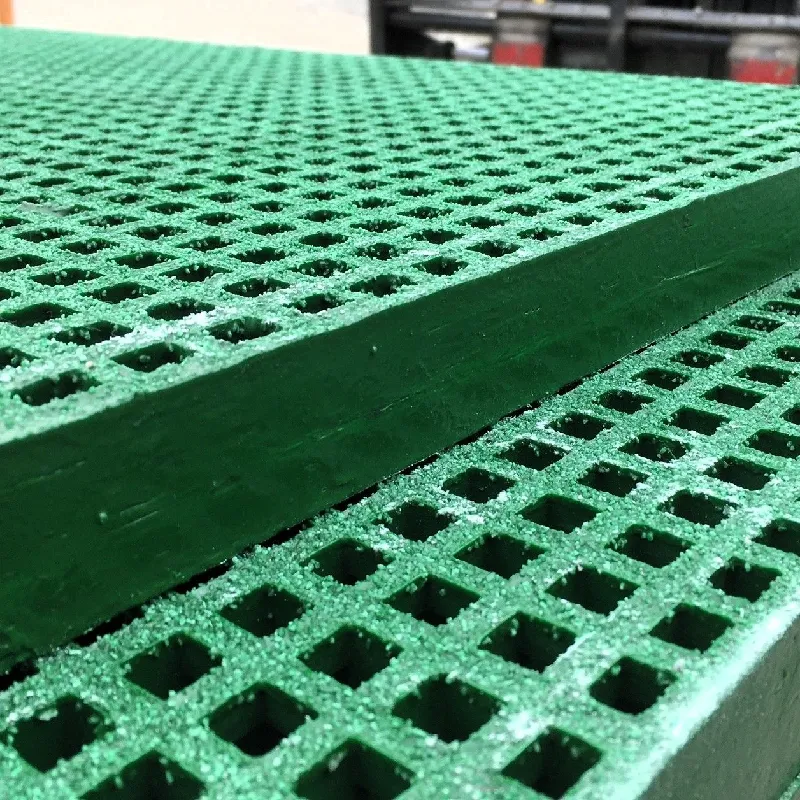loading...
- No. 9, Xingyuan South Street, Dongwaihuan Road, Zaoqiang County, Hengshui, Hebei, China
- admin@zjcomposites.com
- +86 15097380338
- Welcome to visit our website!
anti slip stair nosing
The Essential Guide to Anti-Slip Stair Nosing Safety First
In both residential and commercial spaces, safety should always be a top priority. One of the common hazards that often goes overlooked is the risk of slipping on stairs. Tripping or slipping on stairs can lead to severe injuries, particularly for children, the elderly, or individuals with physical challenges. A simple yet effective solution to mitigate this risk is the installation of anti-slip stair nosing. In this article, we will explore what stair nosing is, its benefits, materials used, installation tips, and maintenance advice.
What is Stair Nosing?
Stair nosing refers to the horizontal piece that protrudes slightly over the riser of a stair step. It is designed to enhance the visibility of each step while providing a safer transition from one step to another. Anti-slip stair nosing goes a step further by incorporating materials and designs that increase friction and reduce the likelihood of slips. These nosing strips can come in a variety of colors and finishes, making them a practical yet aesthetically pleasing addition to any staircase.
Benefits of Anti-Slip Stair Nosing
1. Enhanced Safety The primary purpose of anti-slip stair nosing is to provide a safer walking surface. By increasing friction, it significantly reduces the risk of slips and falls, especially in high-traffic areas or places that are prone to moisture.
2. Improved Visibility Most anti-slip stair nosing products come with high-contrast colors or reflective surfaces, making it easier for individuals to notice step edges, particularly in low-light conditions.
3. Durability High-quality anti-slip stair nosing products are designed to withstand heavy foot traffic and the wear and tear that comes with it. This ensures that safety features remain effective over time.
4. Aesthetic Appeal Available in various designs, colors, and materials, anti-slip stair nosing can enhance the visual appeal of staircases while serving a functional purpose.
5. Compliance with Regulations Many building codes and safety regulations mandate certain safety measures for staircases, particularly in public buildings. Using anti-slip stair nosing can help ensure compliance with these regulations.
Common Materials Used in Anti-Slip Stair Nosing
There are several materials commonly used to manufacture anti-slip stair nosing, each with its own advantages
- Aluminum Lightweight yet sturdy, aluminum stair nosing is resistant to rust and corrosion and typically features a non-slip coating for enhanced safety.
anti slip stair nosing

- Rubber Rubber stair nosing provides excellent grip, making it ideal for both indoor and outdoor environments. It also absorbs shock, which can help reduce noise.
- Vinyl Vinyl stair nosing is another popular choice due to its versatility and ease of installation. It is available in various colors and can mimic the appearance of other materials.
- Carpet For indoor staircases, carpeted nosing can provide a softer feel while still offering anti-slip benefits. It’s also a warmer choice for homes, especially in colder climates.
Installation Tips
1. Measure Accurately Measure the width of each stair step to ensure that the nosing fits properly. It’s essential for the nosing to cover the entire step edge without overhanging too much.
2. Clean the Surface Before installation, make sure the stair surface is clean and dry. Remove any dirt, dust, or old adhesive that may interfere with the bonding process.
3. Use Quality Adhesives Depending on the material of the nosing, the right adhesive will ensure a secure bond. Follow the manufacturer’s instructions for optimal results.
4. Allow for Curing Time After installation, allow adequate curing time for any adhesives used before allowing traffic on the stairs.
Maintenance
Maintaining anti-slip stair nosing is relatively simple. Regularly clean the surface with a damp cloth and mild detergent to remove dirt and grime. Avoid harsh chemicals that may degrade the materials. Periodically, inspect the nosing for wear and tear, and replace any sections that have worn down to ensure continued safety.
Conclusion
In conclusion, anti-slip stair nosing is an essential safety feature for any staircase. By enhancing traction, improving visibility, and ensuring durability, these products play a vital role in preventing accidents. Whether in a home, office, or public space, investing in anti-slip stair nosing is a wise decision that prioritizes safety while also boosting the aesthetic appeal of stairways. Don’t wait for an accident to happen; take proactive steps to create a safer environment for everyone.
-
The Power of Filter VesselsNewsMay.19,2025
-
The Benefits of FRP WalkwaysNewsMay.19,2025
-
The Benefits of FRP Vessels: 1054 FRP VesselNewsMay.19,2025
-
FRP Pressure Vessels: Leading the Way in Innovation and ReliabilityNewsMay.19,2025
-
Explore the Benefits of FRP Grating for Your Industrial NeedsNewsMay.19,2025
-
Discover the Advantages of GRP GratingsNewsMay.19,2025
-
Revolutionary Modular Handrail Systems Redefine Safety StandardsNewsMay.15,2025
